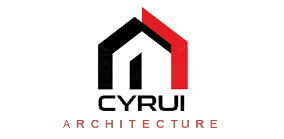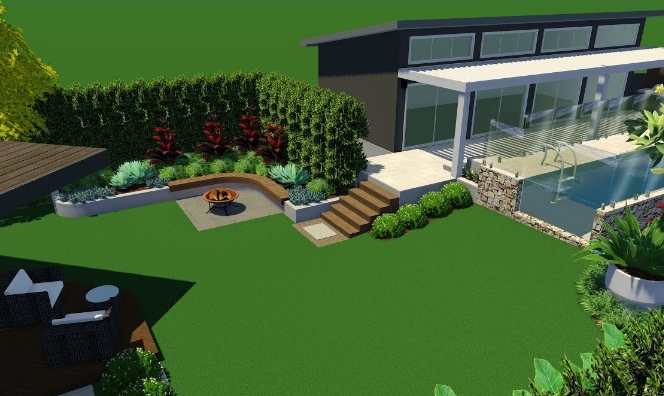Exploring the World of 3D Landscape Architecture
In the age of digitalization, 3D landscape architecture is transforming how we envision and create outdoor spaces. By using advanced software and modeling techniques, landscape architects can visualize projects with remarkable clarity, helping clients and stakeholders understand concepts before they become reality.
The Benefits of 3D Landscape Design
3D landscape architecture offers numerous advantages over traditional 2D plans. For one, it provides a more immersive experience, allowing clients to visualize the final outcome in a way that flat drawings cannot. This heightened level of detail and perspective helps in making informed decisions, leading to a more satisfactory end product. Additionally, 3D models simplify collaboration among various stakeholders, including urban planners, architects, and clients, ensuring everyone is on the same page.
Tools and Technologies in 3D Landscape Architecture
The field of 3D landscape architecture has seen significant advancements in technology. Software programs like SketchUp, AutoCAD, and Lumion allow landscape architects to create detailed models that reflect natural terrain, vegetation, and water features with exceptional realism. These tools make it easier to simulate sunlight, shadows, and even seasonal changes, giving clients a comprehensive understanding of their projects. Furthermore, virtual reality (VR) and augmented reality (AR) are emerging as game-changers, enabling clients to virtually walk through their future landscapes.
Sustainability through 3D Modeling
Sustainability is a vital aspect of modern landscape architecture, and 3D modeling can enhance eco-friendly practices. By simulating how plants and water features interact within a space, designers can make better choices regarding biodiversity and water conservation. This approach not only contributes to environmental health but also increases the aesthetic appeal of the landscape, fostering a connection between people and their surroundings. By prioritizing sustainability in the design phase, landscape architects can create spaces that are both beautiful and beneficial to the planet.
Conclusion
The integration of 3D technology in landscape architecture is shaping the future of outdoor design. By offering enhanced visualization, improving collaboration, and promoting sustainability, these tools are paving the way for innovative and functional landscapes. If you’re interested in learning more about how 3D landscape architecture can transform a space, consider reaching out to a local landscape architect or exploring various software options available in the market. Your outdoor dreams can become a vibrant reality!

